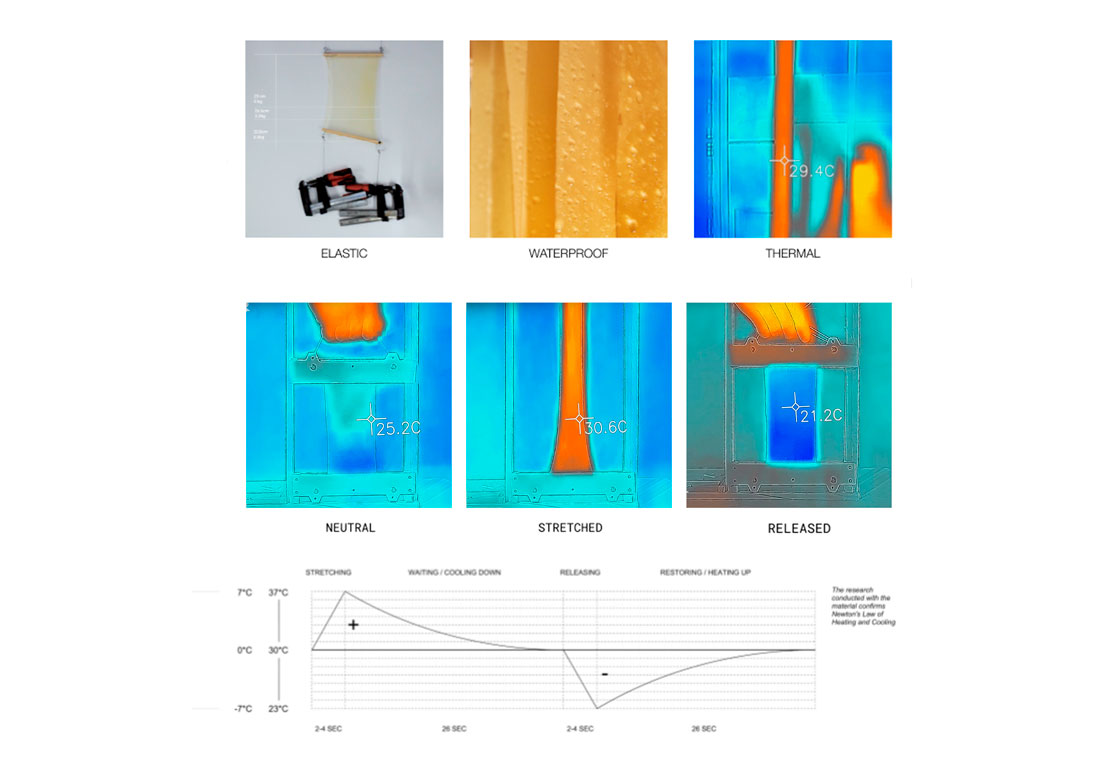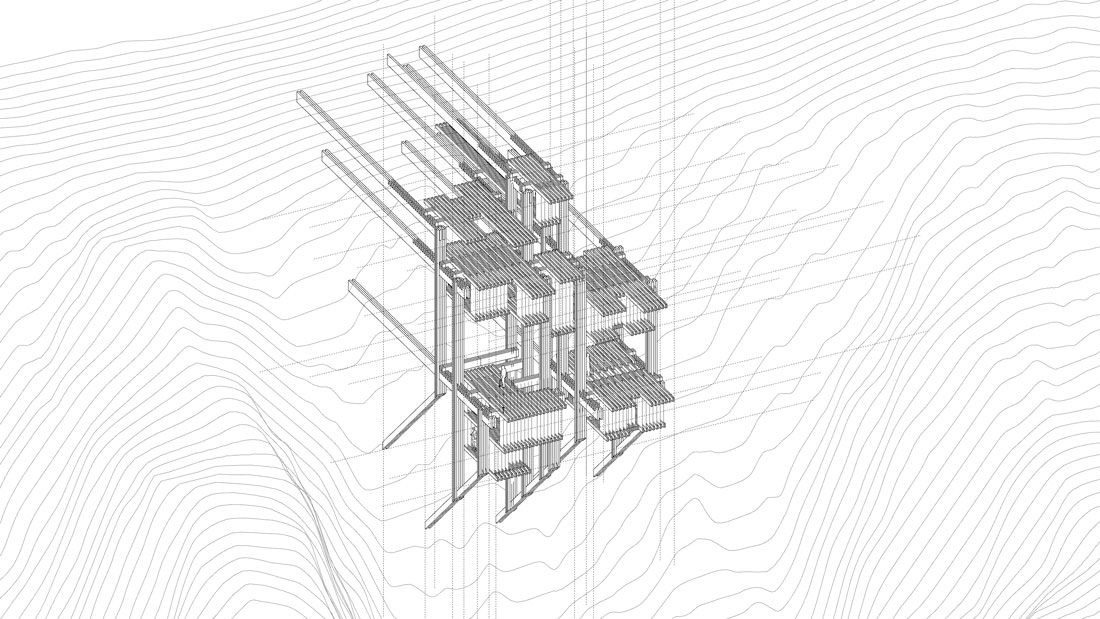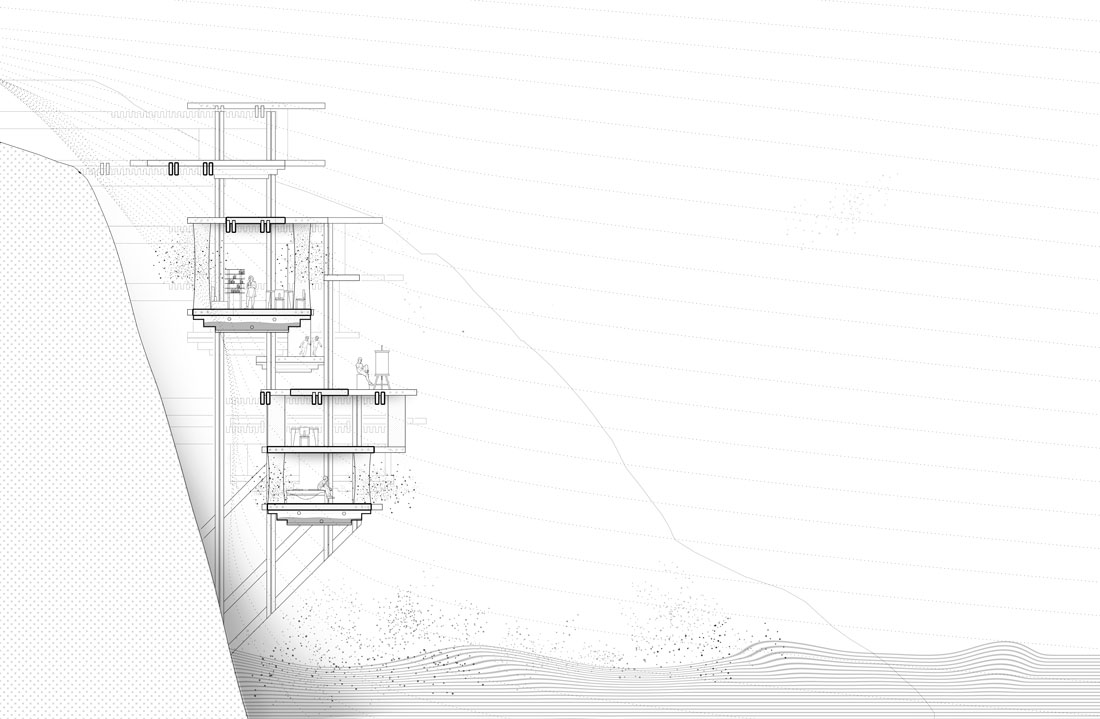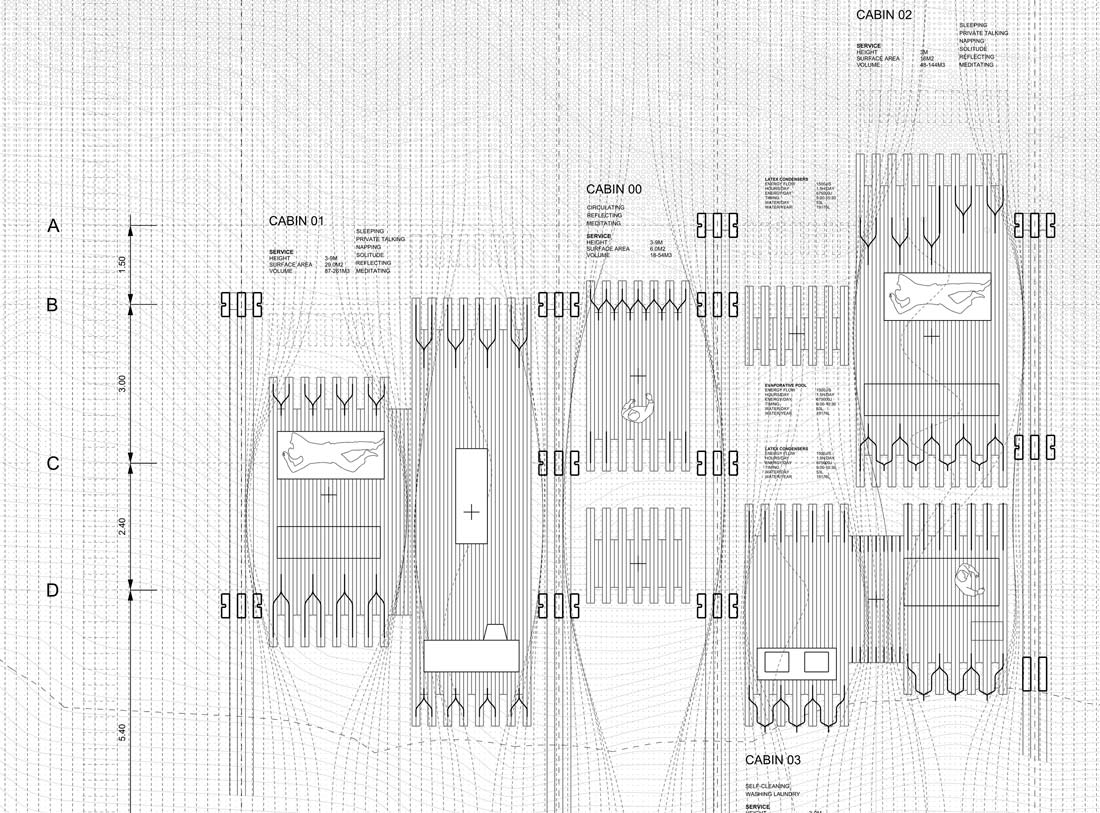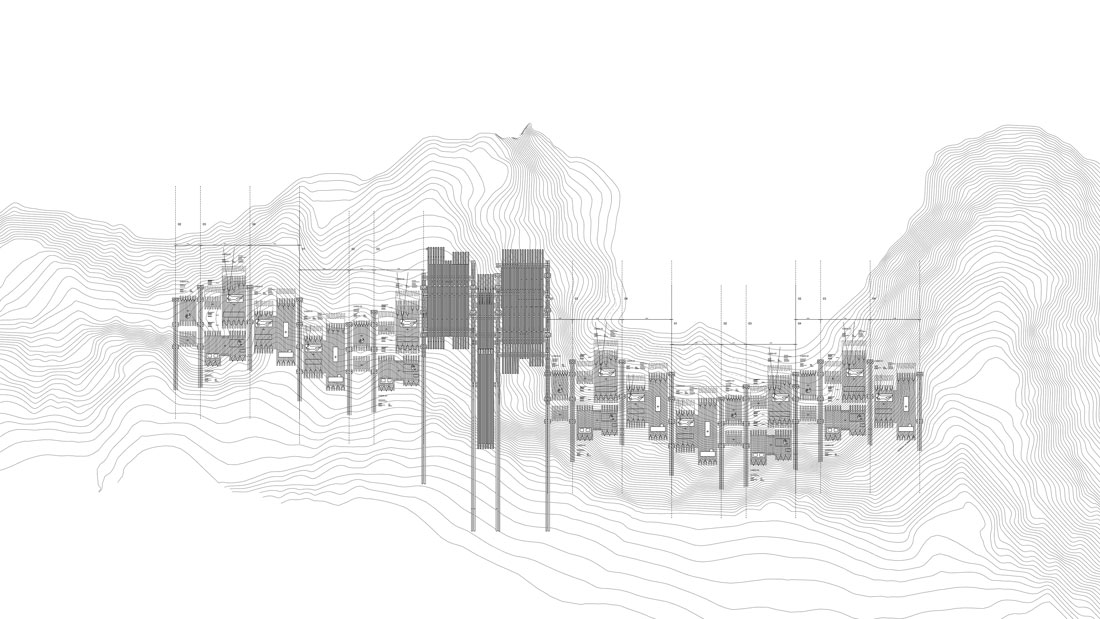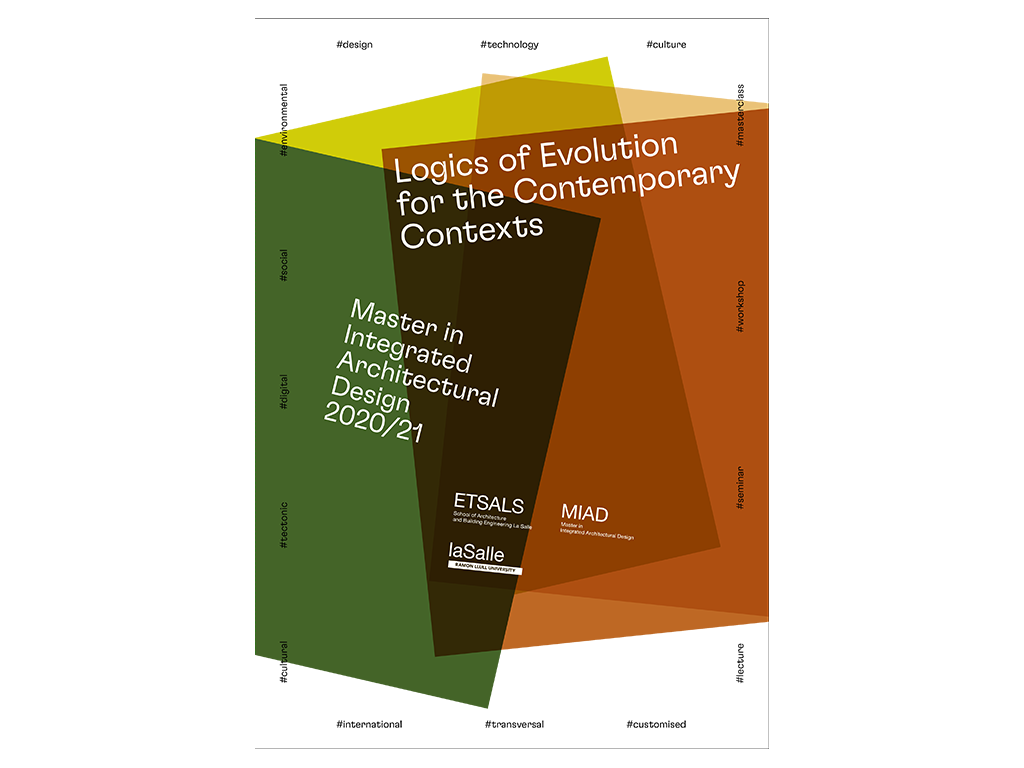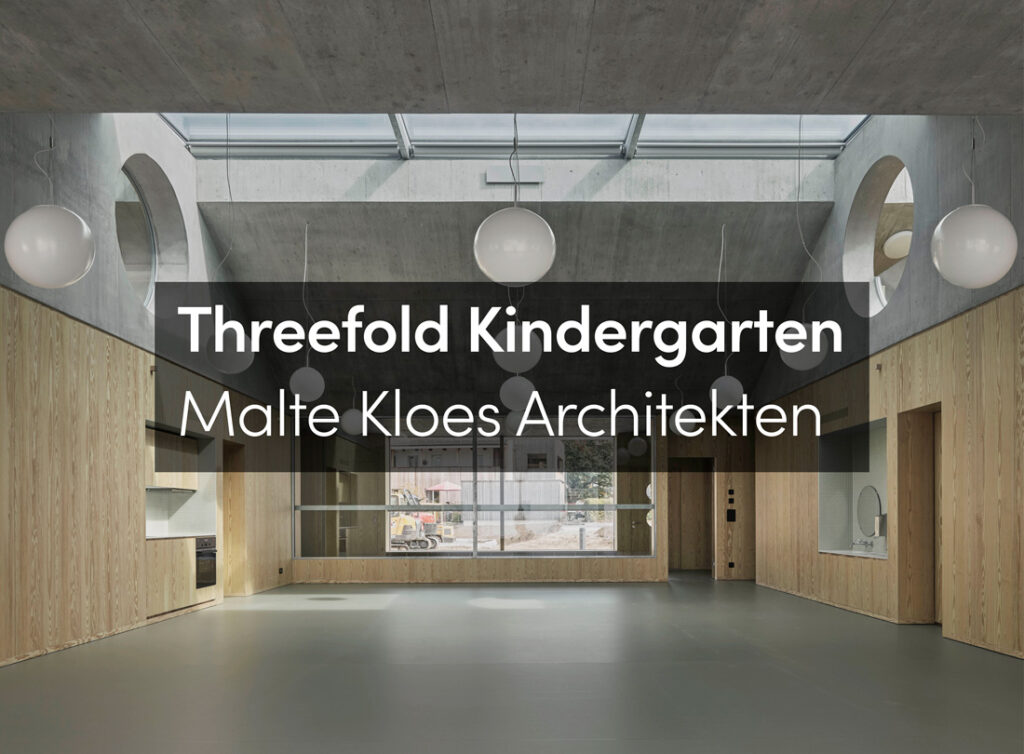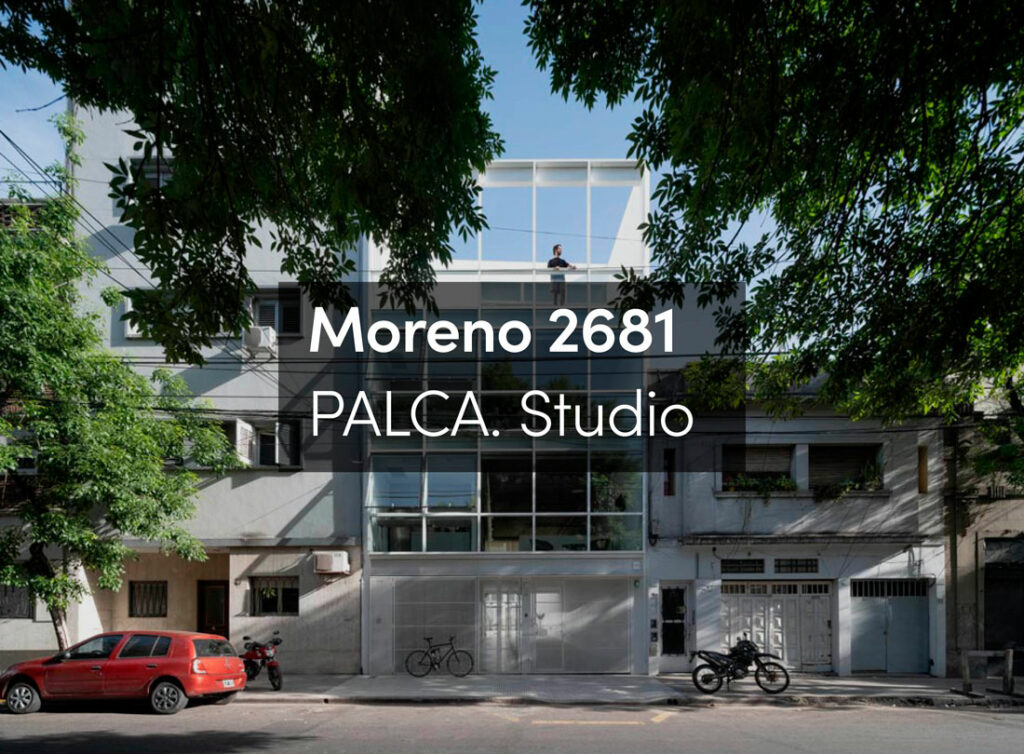If self-sufficient architecture is self-providing and autonomous, the project ’14 Degrees of Separation’ aims to research the following question: Can elasticity stretch the climate?
In hot and humid climates, ventilation strategies are responsible for significant proportions of energy consumption. Set in such extreme environments, the project aims at designing a new way of achieving self-sufficient thermal regulation and thus, a new way of living.
Situated beyond the established zone of comfort, the site is located in a coastal region with dramatic cliffs along the seashore, where the high sun exposure determines dry-bulb temperatures of 30-35ºC and relative humidity of 70% during the day and 20% during the night.
However, there are natural mechanisms that can improve the climate. When air temperature decreases below the dew point temperature, the humidity in the air condenses into water, lowering the humidity. When water evaporates with heat and wind, the endothermic process lowers the temperature of the air.
What If We Could Design with a Material that Can Achieve this Thermal Variation?
The material research and experiments conducted pointed towards latex: a highly performative material that is elastic, waterproof and displays unique thermal properties. When it is stretched, it warms to 7ºC above ambient temperature within seconds, but if left to cool down while stretched and released, it drops to 7ºC below ambient temperature. By deforming latex and changing its temperature, we can condense water from the humid air to create inhabitable micro-climates.
Imagine a house with no walls, whose elastic membrane can change its temperature through the weight of the people inhabiting it.
Integrating these principles on site, the proposal consists of vertical structural frame systems that extend from the landscape to maximize vertical movement and wind flow. Traditional walls are replaced by layered latex sheets that also work as structural elements, holding the slabs together.
The living system is best understood in section, where gravity and the movements of its inhabitants create vertical circulation paths. As this living module is accessed from above, its inhabitants ascend and descend throughout the day across the moving platforms of stretched latex and elastic rooms. Each cabin has a water counterweight that is triggered by the weight of a single human body. The project takes advantage of the proximity to the sea by using the seawater to stretch the latex.
The elevation mirrors movements through the constantly changing façade condition of the expanding and contracting rooms. Shallow pools of water that fill as the latex stretches are a key feature of the proposal. The project is understood as a filter that is activated though evaporation and condensation by allowing wind flow and humidity to pass through, thus creating a cooling system embedded in the building’s membrane.
During the day, the latex screens are clipped on the back so that, as they stretch, the airflow slows down in order to improve condensation. At night, the latex screens are opened, the hot dry air passes through the cabins from the land and evaporates the water lying in the shallow pools, reducing the temperature and creating comfortable spaces. The layered latex sheets blur the boundary between the inside and outside, behaving as skin, structure and climate control.
The proposed living space becomes a mediator between the energy that surrounds us and the energies our bodies produce. As we start living through the expansion and contraction of the architecture, we enter into symbiosis with energies that create microclimates for a new self-sufficient way of living.

